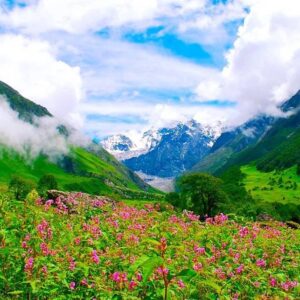
Bhojpur Temple is located about 26 kilometers away from Bhopal, the capital of Madhya Pradesh, which comes under the Raisen district. At some distance from Bhojpur village, there is a huge, half-built ancient Shiva temple on the hill on the bank of the river (Kalia Shot later on Betwa). This temple is known as Bhojpur Shiv Temple or Bhojeshwar Temple. This ancient Shiva temple of Bhojpur was built by Chakravarti emperor Raja Bhoj (1010 AD – 1055 AD) of the Parmar dynasty. Here are some Highlights of Bhojpur Temple, Bhopal.
First feature: Huge Shivalinga
The first feature of this ancient temple is the huge Shivalinga built here, which is the world’s largest Shivalinga made from a single stone (World’s Tallest Shiv Linga). The height of this entire Shivalinga is 5.5 meters (18 feet), the diameter is 2.3 meters (7.5 feet), and the height of the linga alone is 3.85 meters (12 feet).
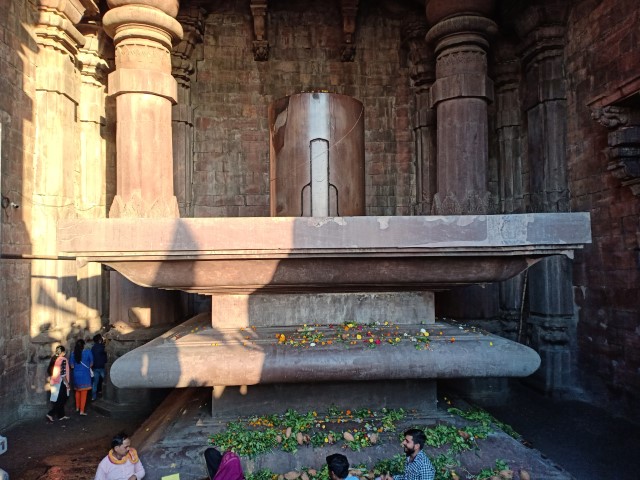
Which is made of a type of red stone. This Shivalinga has been carved so beautifully that everyone is amazed to see it because making a huge Shivalinga on a single stone 1000 years from now and that too without any flaw was a wonderful work. And this work shows its specialty.
Read More: Top 10 Must-Visit Places in Madhya Pradesh
Second feature: The Slope Behind the Temple
The temple’s rear slope indicates its possible use for washing substantial stones during its construction. This serves as evidence of the ancient practice of relocating large stones to facilitate temple construction.
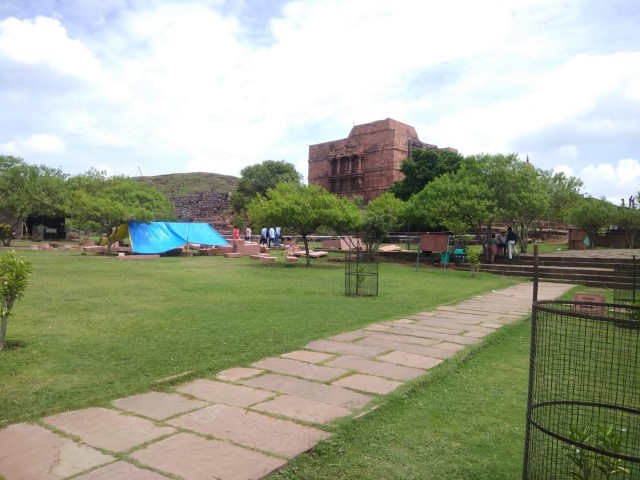
Stones exceeding 70 tons were employed in building this temple. The unique slope structure is unparalleled worldwide, providing proof that ancient civilizations employed such innovative techniques in heavy construction projects. This also has a specialty in itself.
Third feature: Unfinished Construction work
The third feature of Bhojpur temple is that its construction work is incomplete. But to date, many historians have not been able to solve this mystery. The plans for the temple construction are portrayed on nearby rocks, yet there is no precise information available regarding its unfinished state.
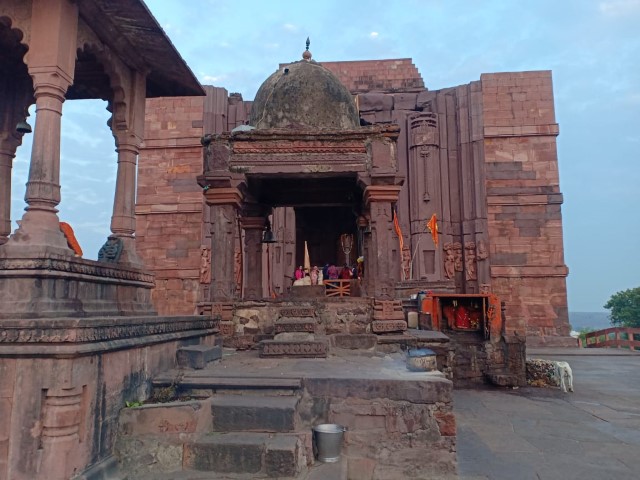
As per local legends, the temple was intended to be finished in a single night. Regrettably, the construction of the upper roof was interrupted by the arrival of morning, resulting in the project remaining unfinished for a thousand years. Currently, the Madhya Pradesh Government is making dedicated efforts to bring closure to this enduring incomplete construction, with expectations of its completion shortly.
Read More: Famous Places To Visit In Madhya Pradesh
Fourth feature: Domed Roof
Bhojpur temple has a wonderful dome-like roof, this ancient temple was built before the arrival of Islam in India and the incomplete dome-like roof built over the sanctum of this temple proves the origin and practice of dome construction in India itself.
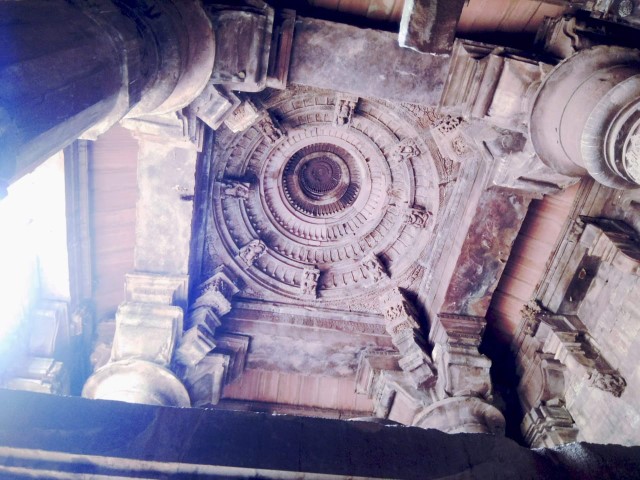
Even though the technique of its construction may be a little different, according to some historians and experts, it can be called the first building with a domed roof in India. The entrance gate of this temple is also considered to be the largest among the gates of any building related to Hindu culture.
Fifth Feature: Giant Pillar
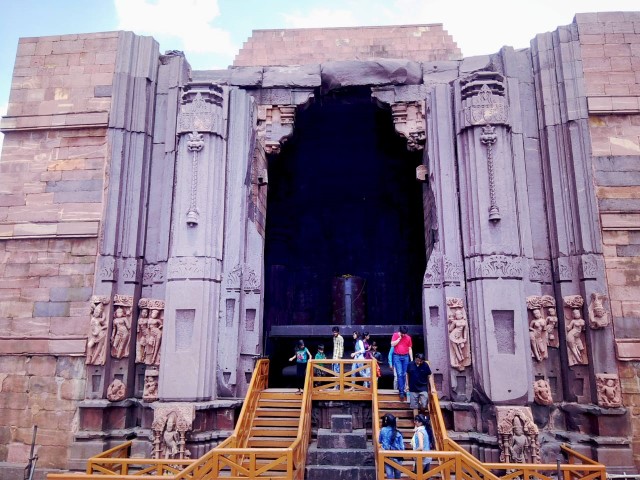
The shape of the base of this temple is octagonal on which there are four huge 40 feet high pillars on which the weight of the sanctum sanctorum of the temple rests. These tall pillars are bigger than the ancient pillars known till now and many beautiful artworks are made on them.
Read More: Top 10 Caves of Madhya Pradesh
Sixth characteristic: Planning of Construction work
One specialty of this temple is that additional details of its construction work like layout, pillars, shikhara, and kalash are not depicted on the surface of the rocks whereas everything should have been completely engraved before the construction work, it seems.
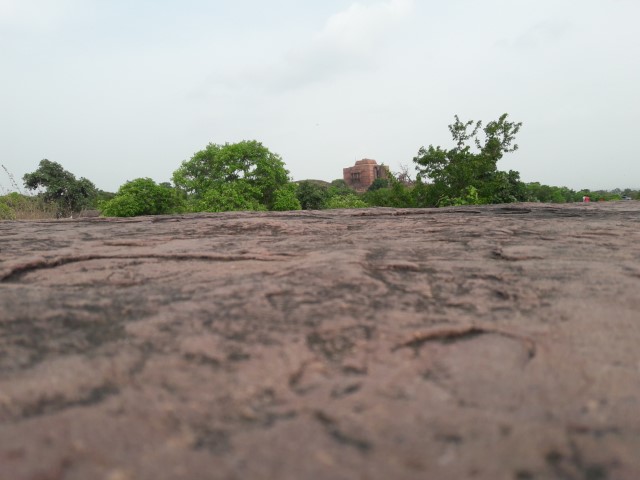
It happens that the plan for the construction work itself was incomplete, perhaps that is why the construction work of this temple might not have been completed (but not many historians agree on this point). This type of description reveals the plan of its construction from the maps found on the rocks near the temple.
Seventh Feature: Parvati’s Cave
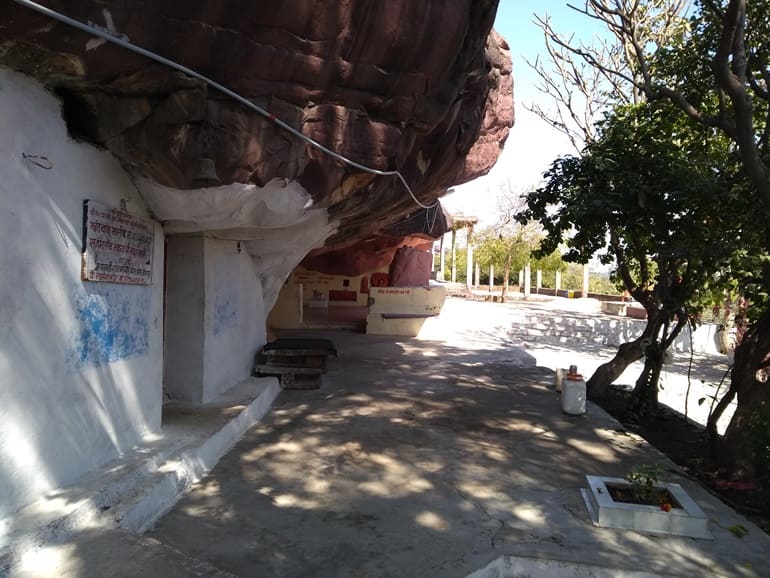
There is a Prachi cave in the western direction just in front of the Bhojpur temple. This cave is also known as the Parvati cave. This cave is on the banks of the Kaliyasot River which is later called Bechawa River. There are many statues inside this cave showing archaeological importance.
Eighth feature: Jain temple located in Bhojpur
There is also a Jain temple located near the Shiva temple of Bhojpur, the surprising thing is that the construction of this Jain temple is also incomplete.
Read More: Evergreen Tourist Places of Madhya Pradesh
Here a way of collecting stones is visible, similar to the Bhojpur temple. Three statues of Tirthankaras are installed inside this temple which reflects the specialty of all Jain temples. The most important among all is a huge statue of Lord Mahavir which is more than 20 feet high.
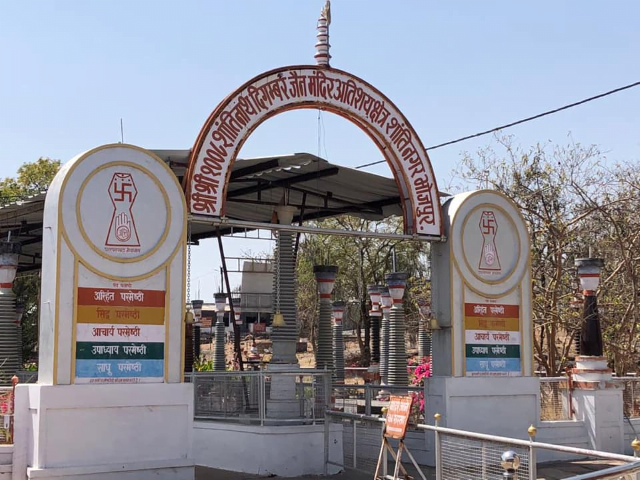
The remaining two statues are of Lord Parshvanath and Suparasnath. The construction of this temple is rectangular. There is an inscription on the base of one of these three statues in which the name of King Bhoj is mentioned. This inscription is the only written evidence that is related to Raja Bhoj.
Inside the premises of this temple, there is also a temple of Acharya Mantung who wrote the very popular ‘Bhaktamar Stotra’.
